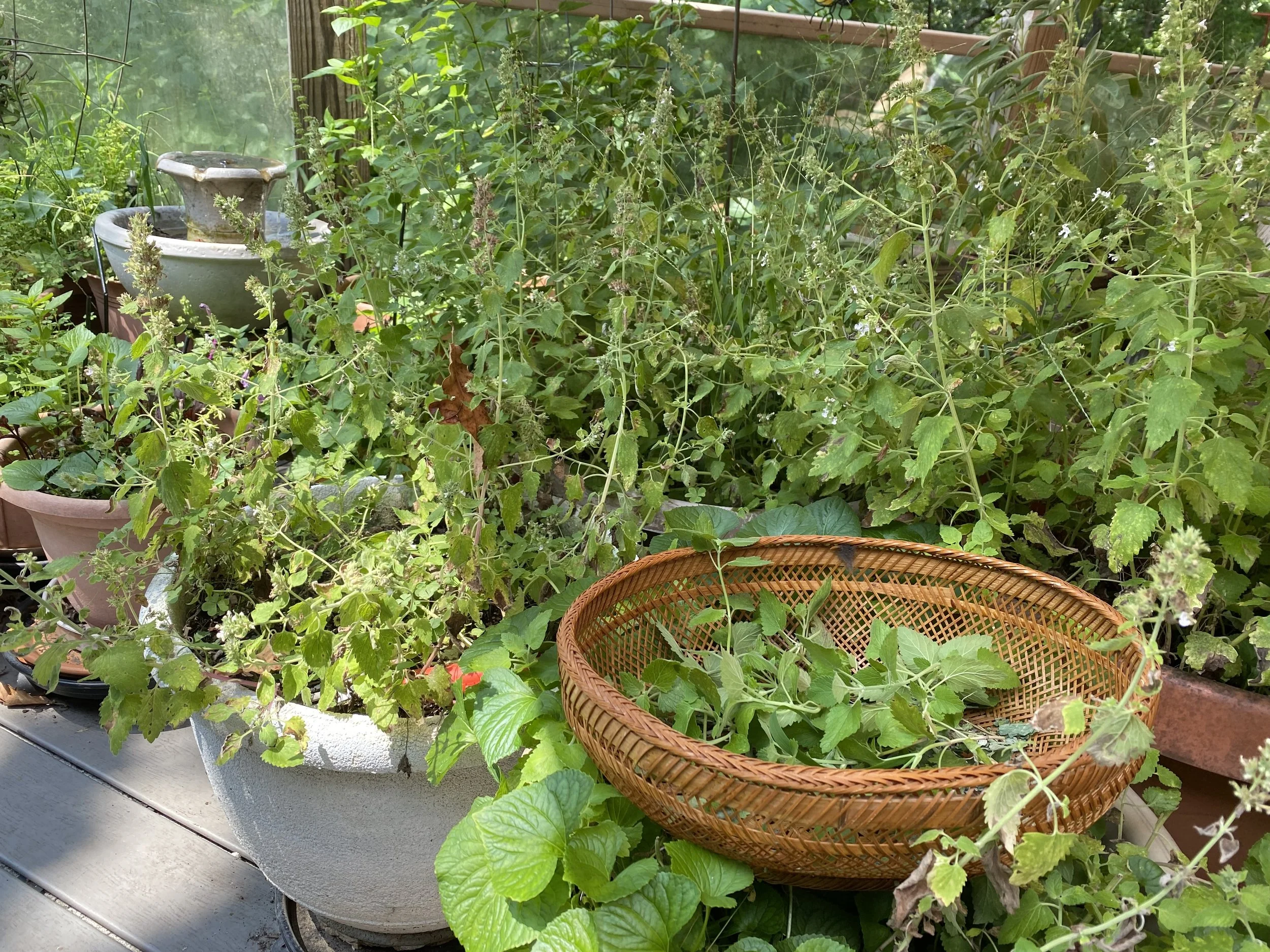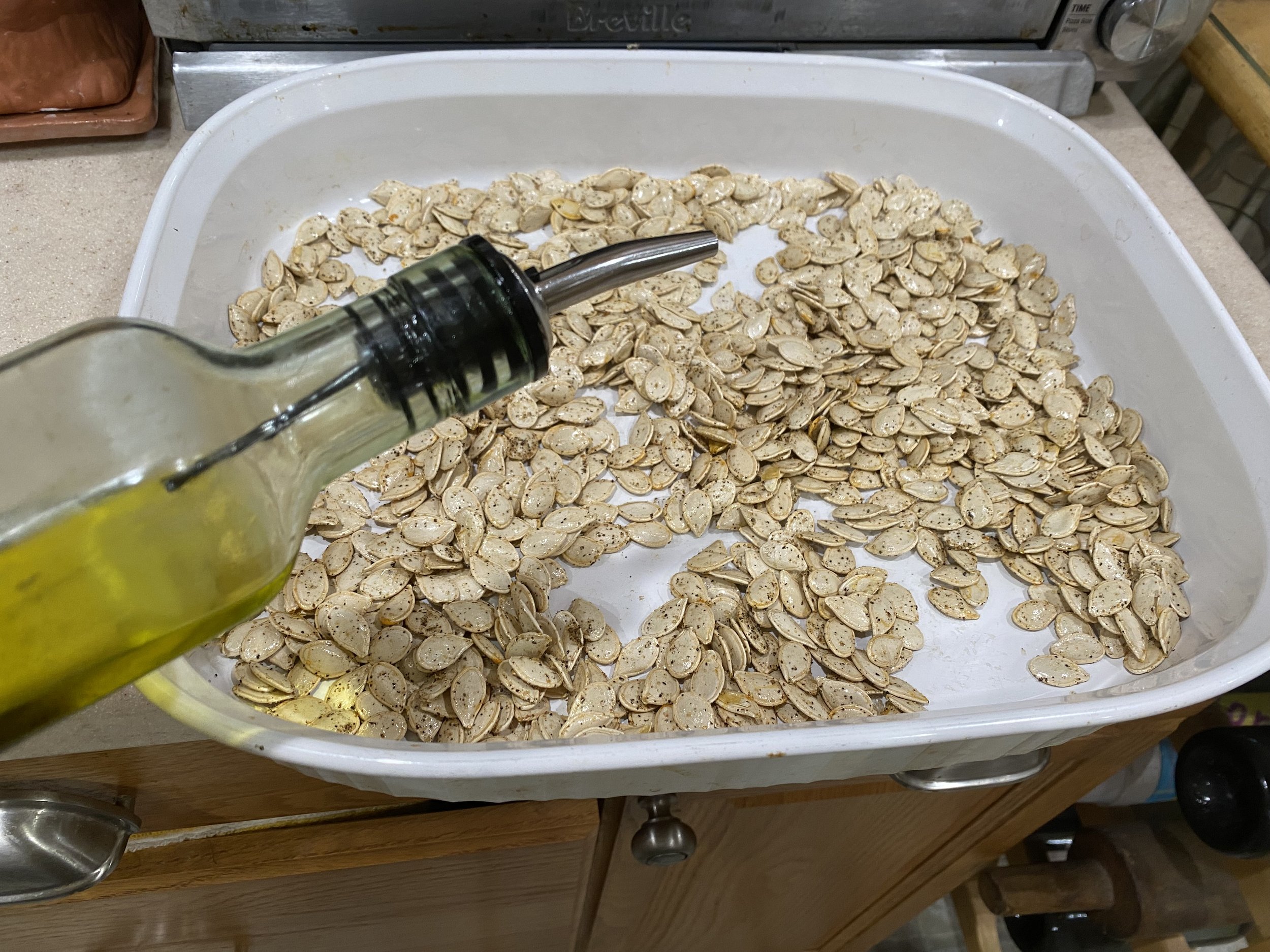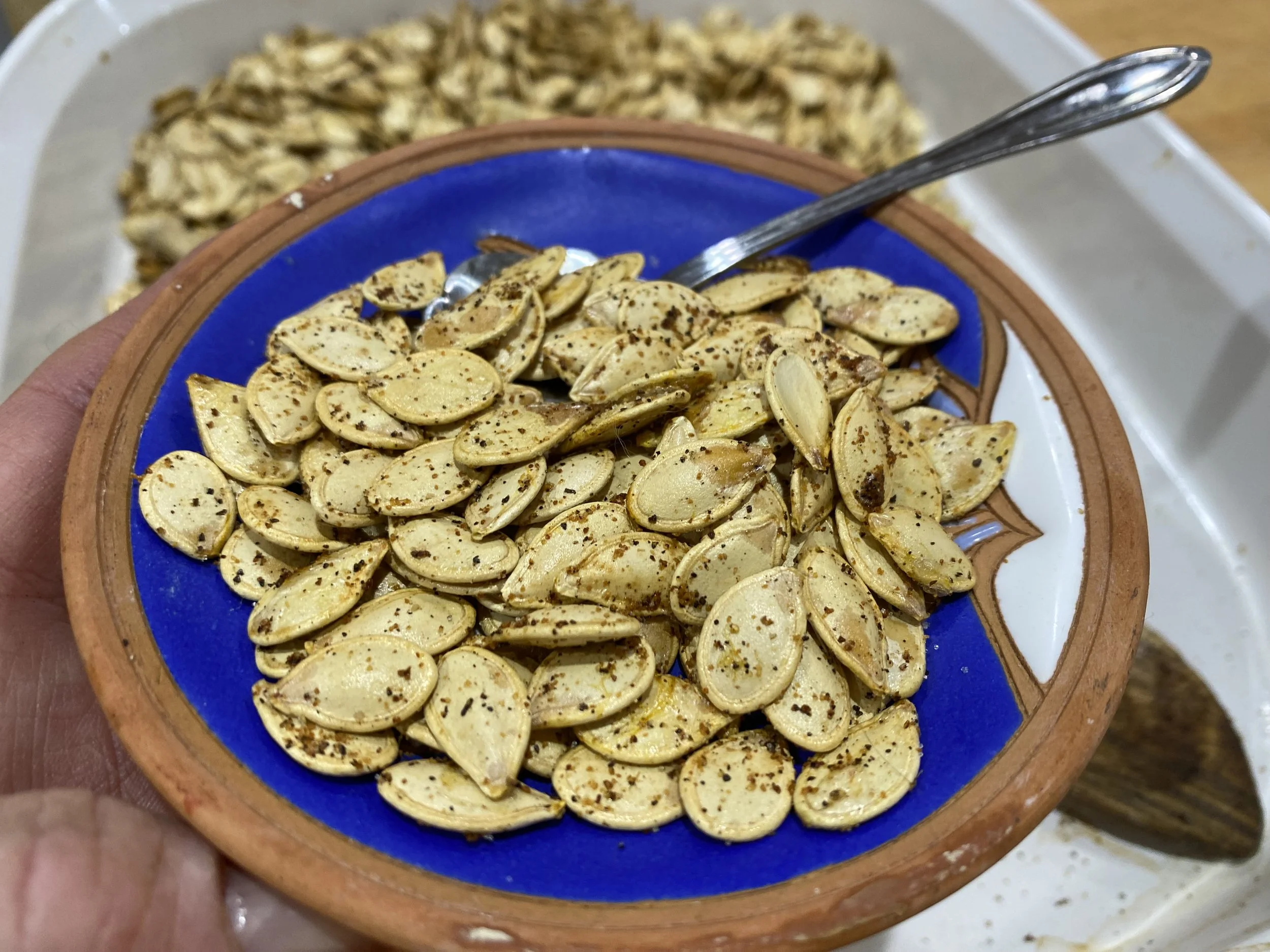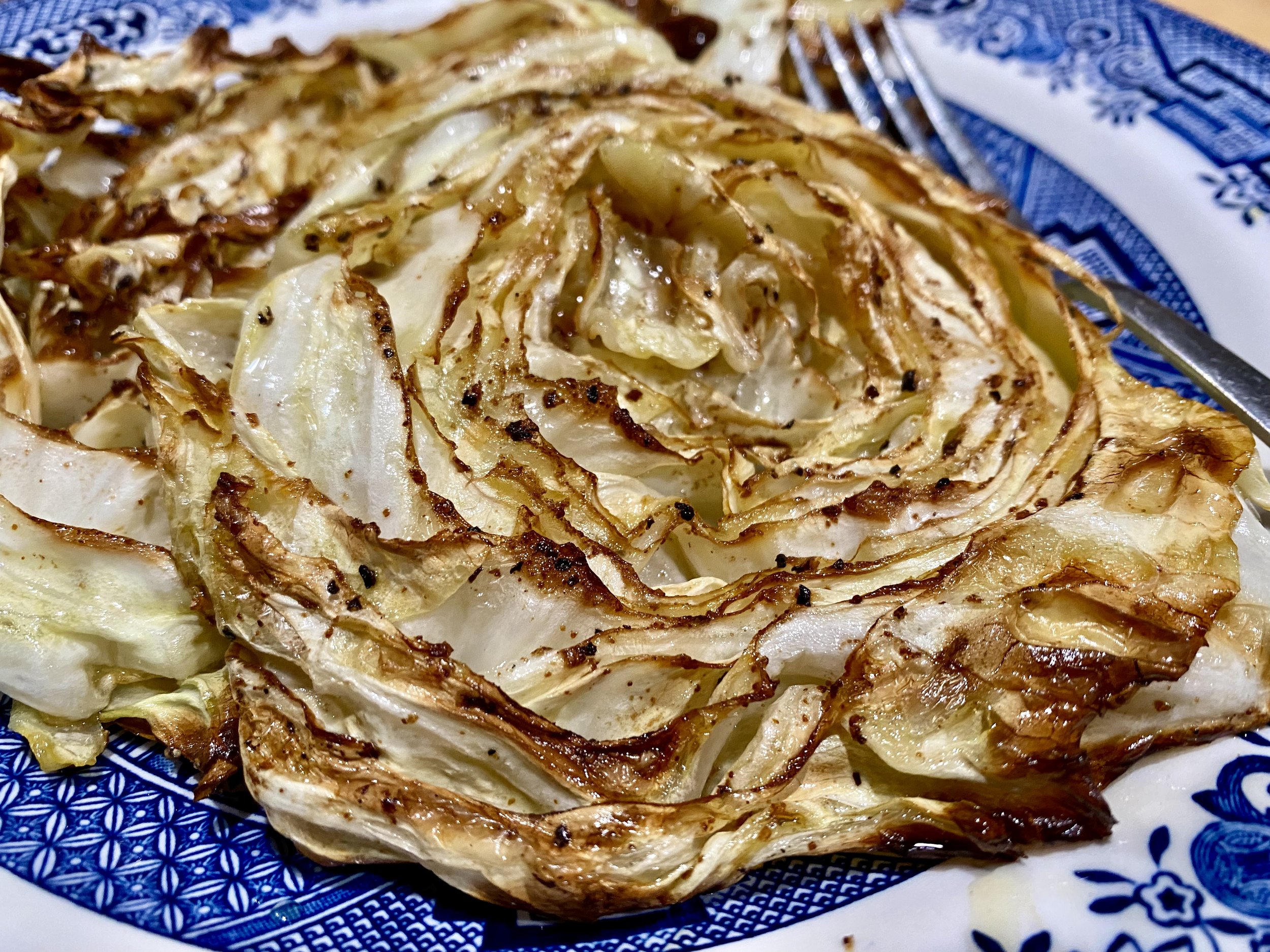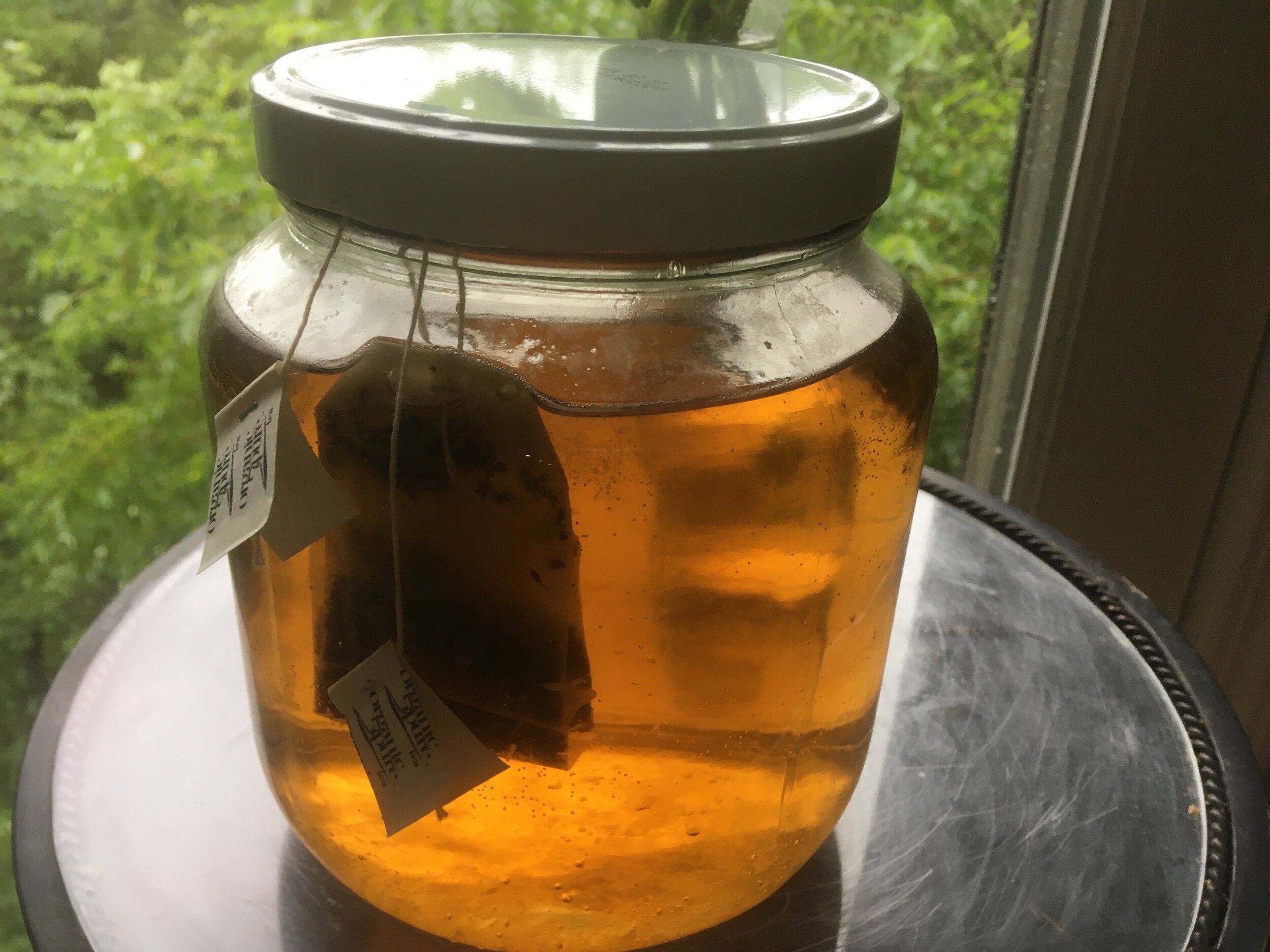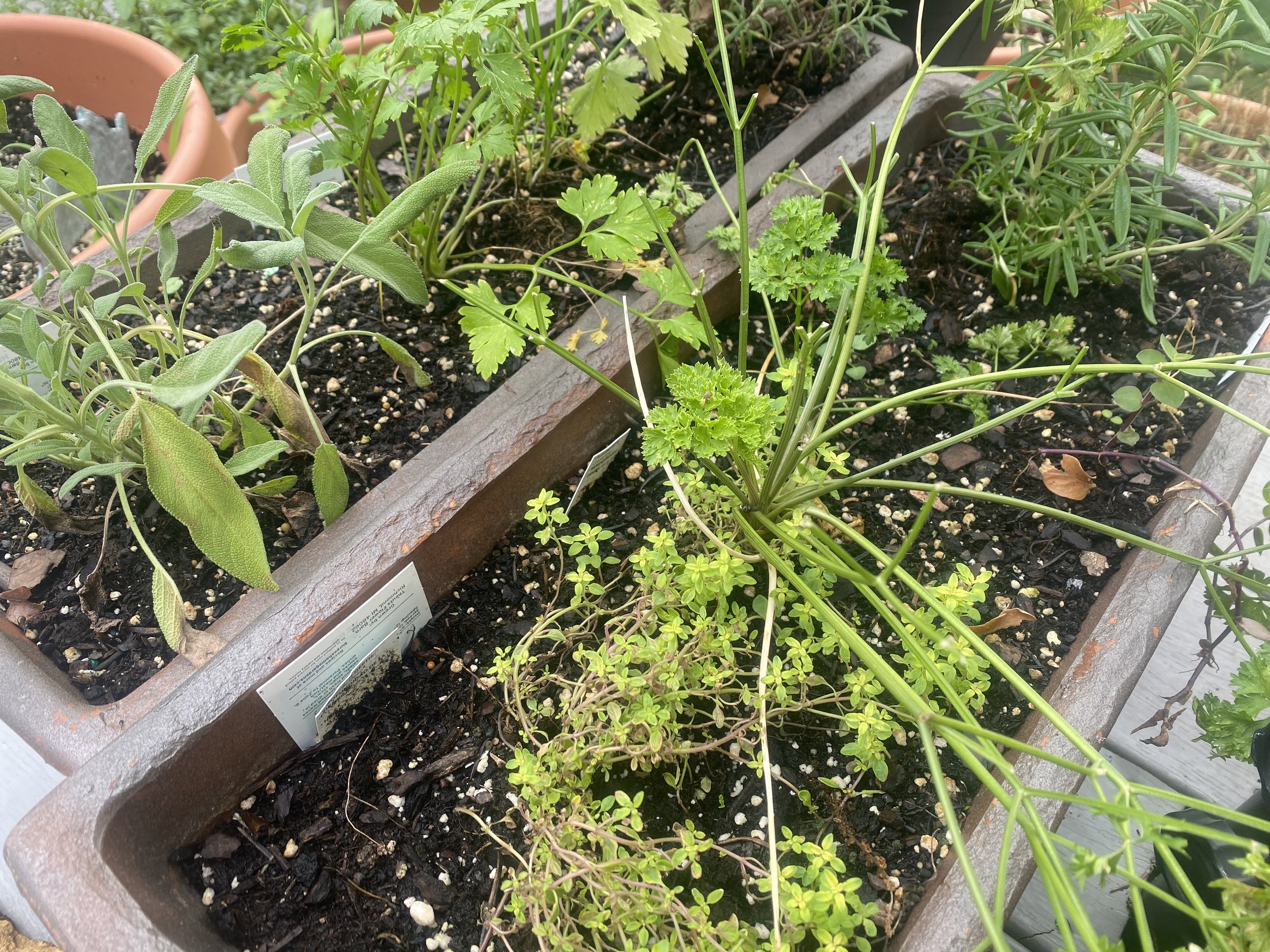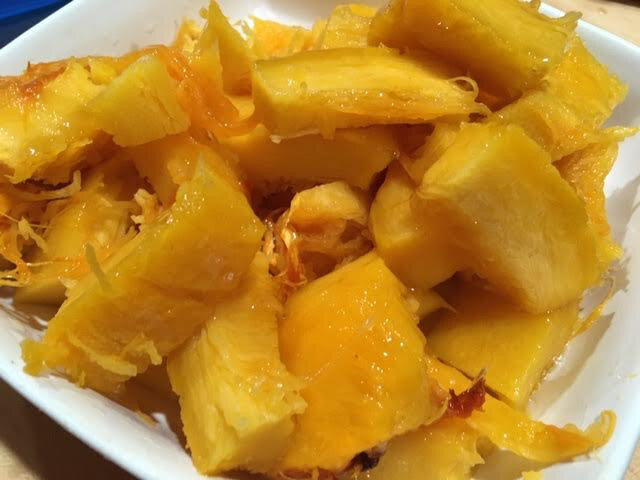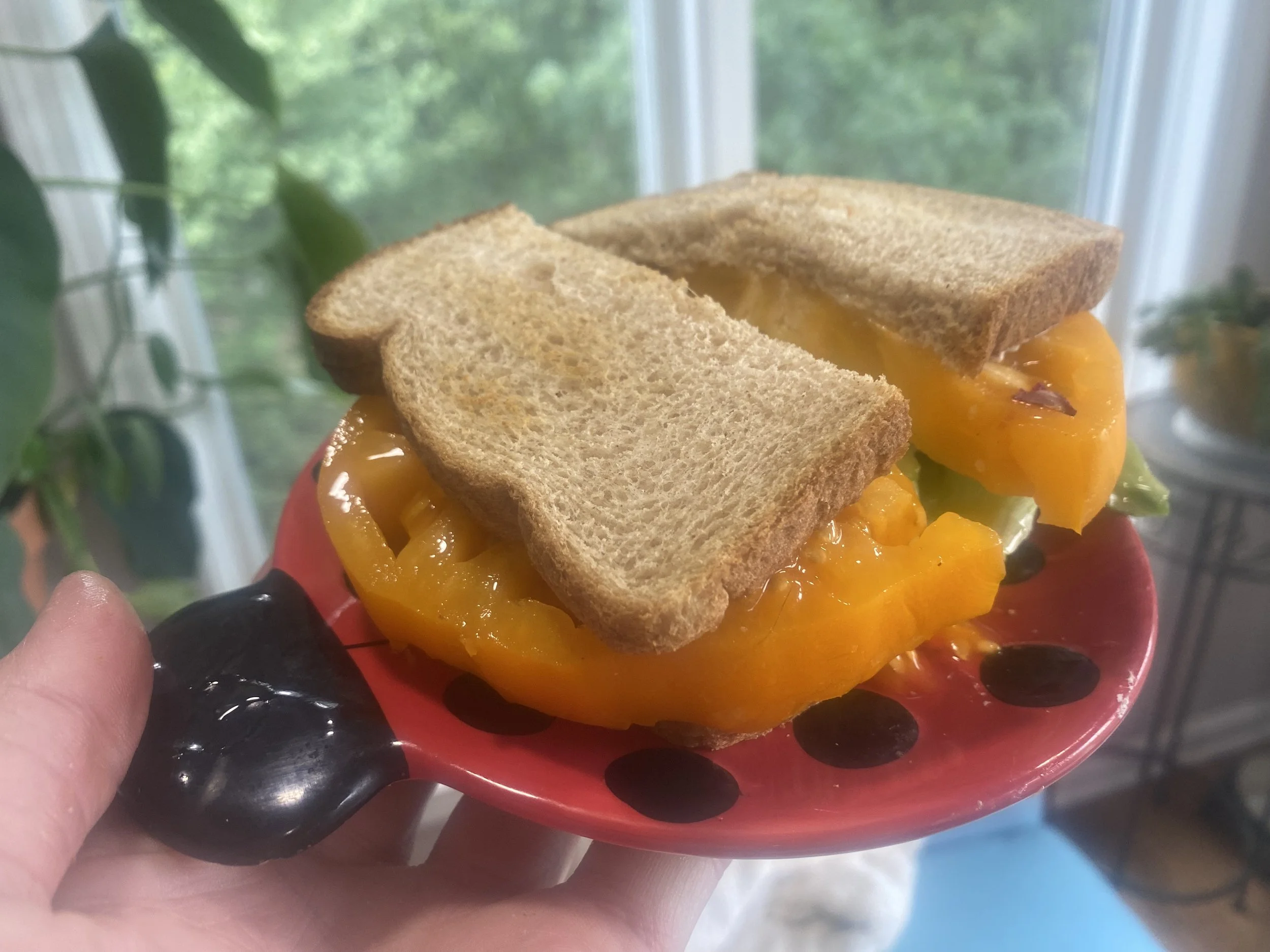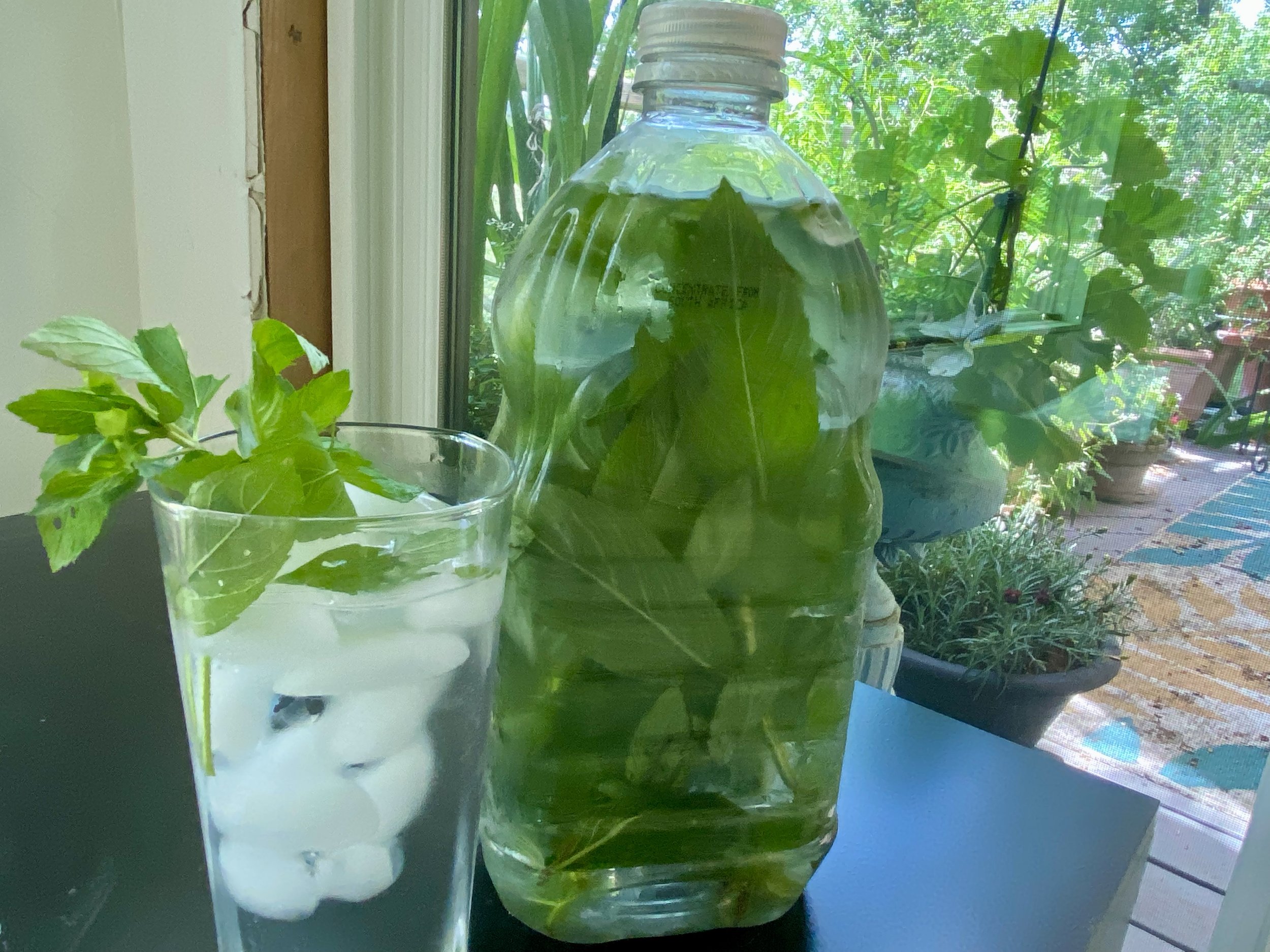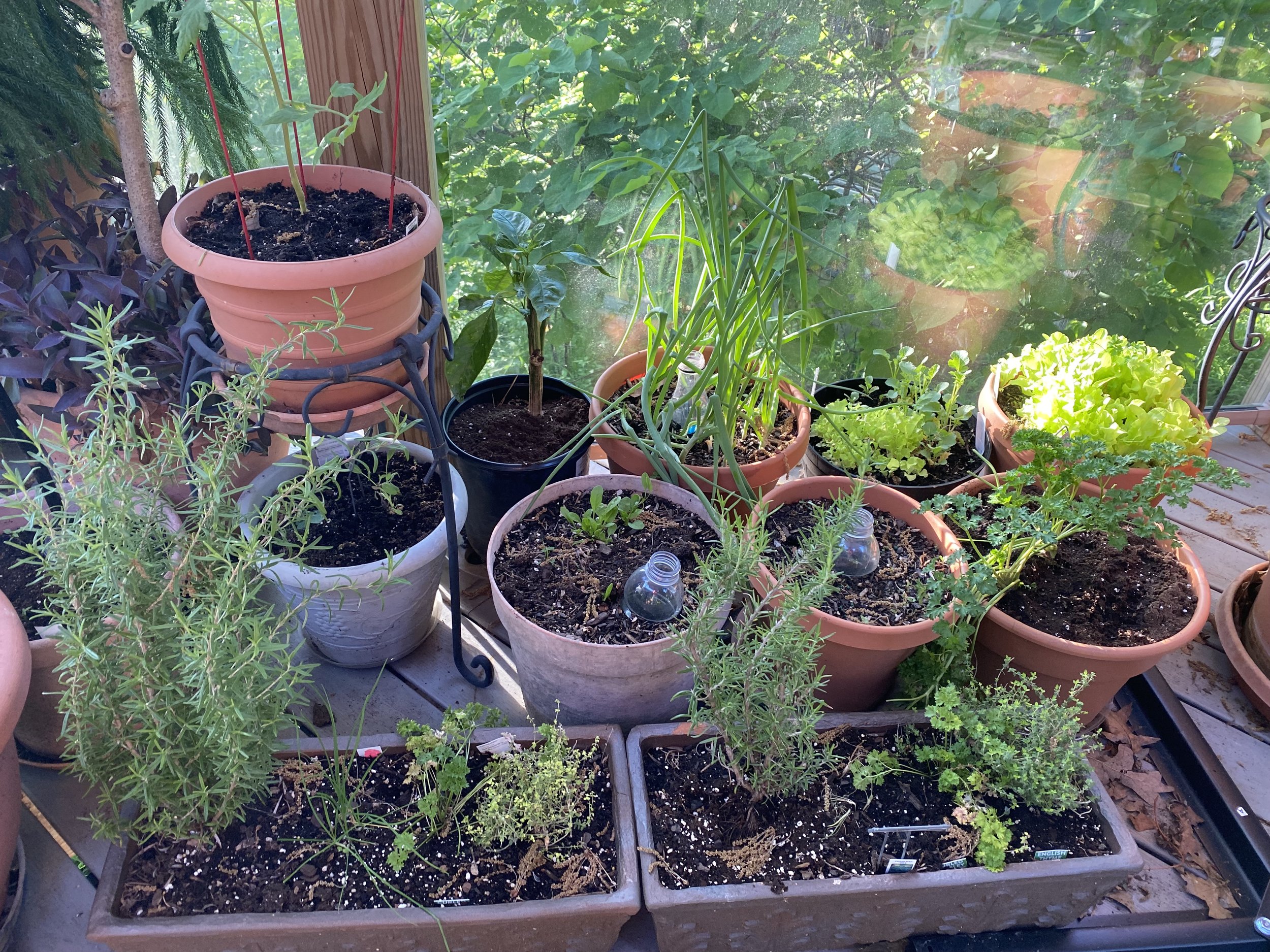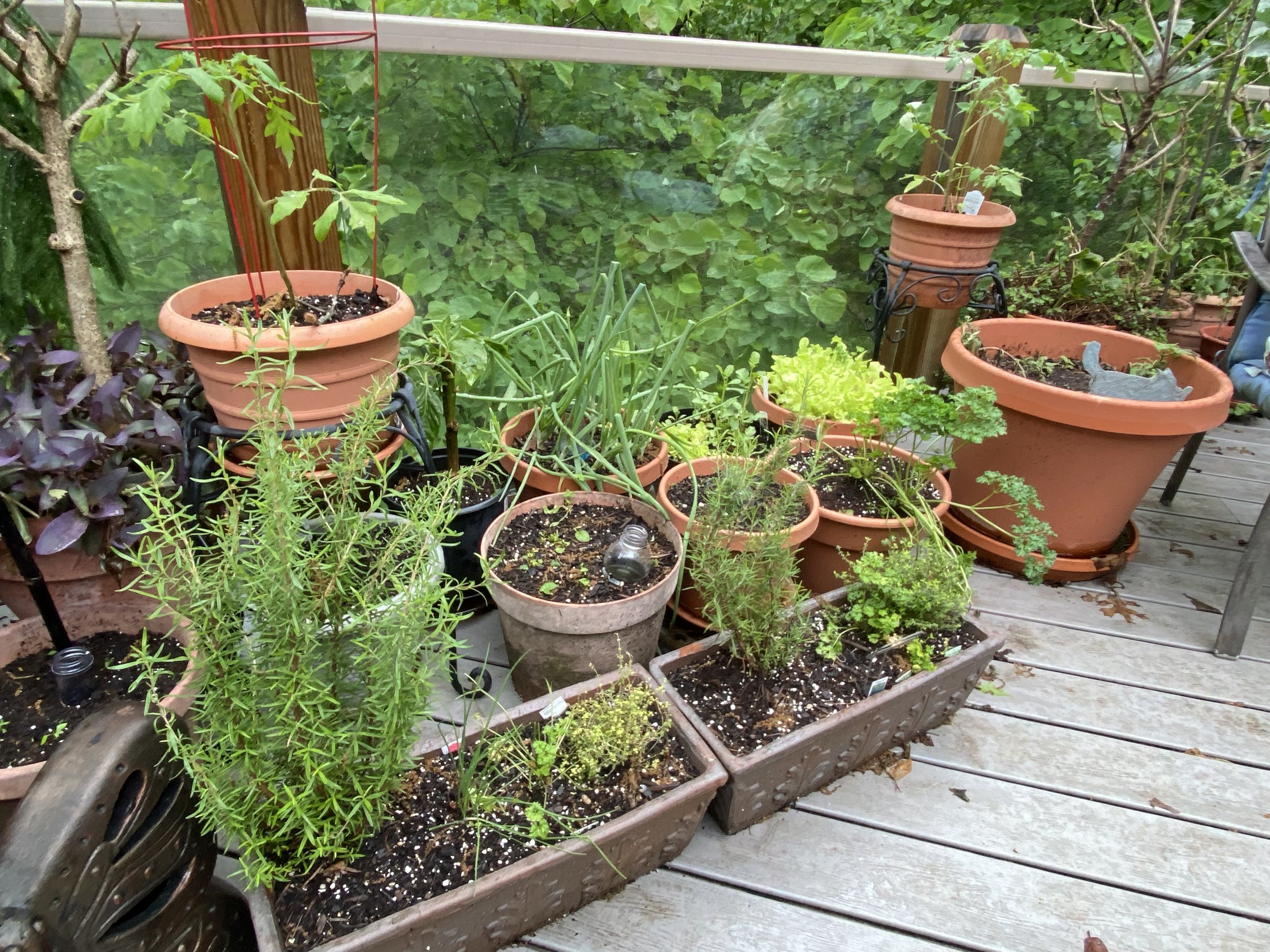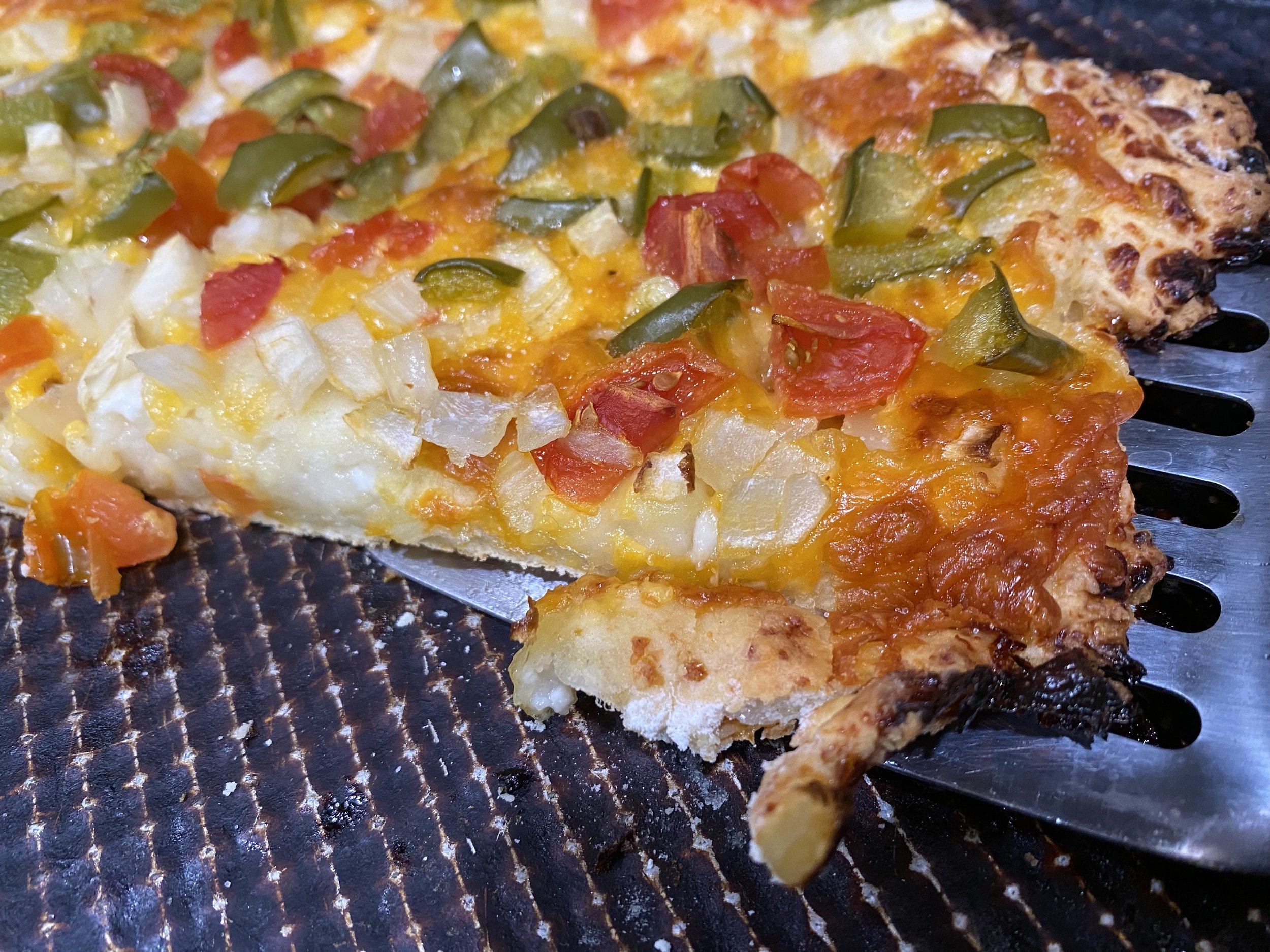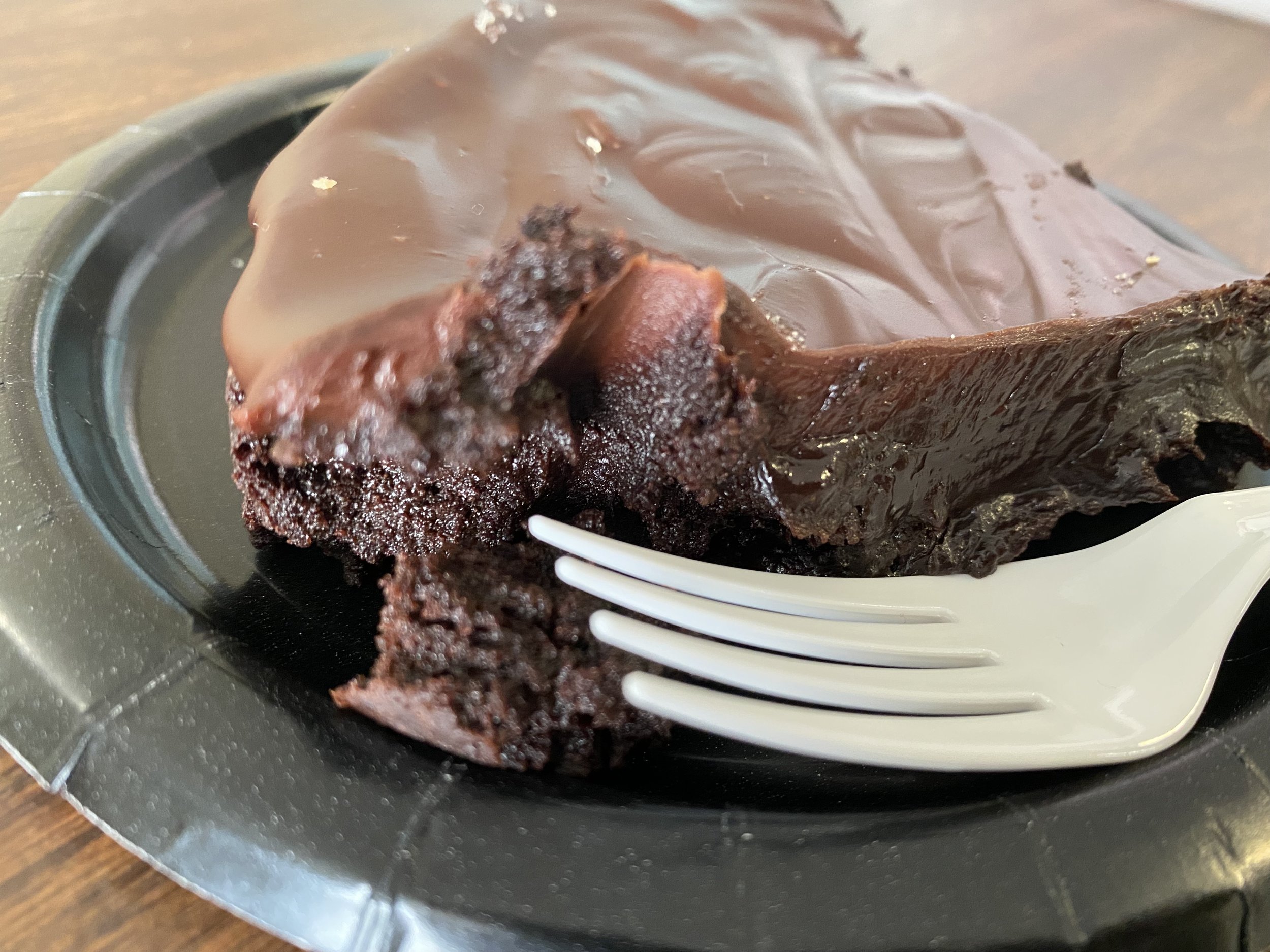How to Dry Herbs
/Steps to Dry Herbs for Later
My catnip has started to bloom so I know I’m a little behind the curve getting this herb harvested and dried for later use. Luckily I’ve been trimming the plants since mid spring so we should have a nice “supply” of catnip for making cat toys for Christmas.
Growing herbs is an excellent way to get additional flavor and health benefits to your cooking. Here are my favorite four herbs and how to best harvest them tip:
1. Harvest at the Right Time
Best time: Morning, after dew has dried but before the sun is strong.
Ideal stage: Just before flowering for best oil concentration (especially mint and basil).
Use clean, sharp scissors or pruners to avoid damaging stems.
2. Clean the Herbs
Shake gently to remove dirt or insects.
Rinse lightly under cool water only if needed; pat dry thoroughly with towels.
3. Choose a Drying Method
a. Air Drying (Best for Rosemary, Catnip, Spearmint)
Bundle 4–6 stems with twine or a rubber band.
Hang upside down in a warm, dry, dark, well-ventilated place.
Cover with a paper bag (with holes) to keep dust off.
Time: 5–14 days, depending on humidity and herb thickness.
b. Dehydrator (Best for Basil, Mint)
Lay leaves in a single layer on dehydrator trays.
Set temperature to 95–115°F (35–46°C).
Dry until leaves crumble easily.
Time: 1–4 hours depending on moisture content.
c. Oven Drying (Quick Option)
Set oven to lowest temperature (around 170°F).
Place leaves on a parchment-lined baking tray.
Prop oven door open slightly.
Bake for 1–3 hours, checking often to prevent scorching.
4. Strip and Store
Once dry, strip leaves from stems.
Store in airtight glass jars, tins, or zip-top bags away from light and heat.
Label with herb name and date.
Use within 6–12 months for best potency.
HereHere🌿Here Suggested Uses for Each Herb
🌱 Basil
Culinary: Pasta sauces, pesto, pizza, tomato dishes.
Tip: Crumbles easily when dry; store whole leaves to preserve flavor, crush when ready to use.
🌿 Rosemary
Culinary: Roasted meats, potatoes, breads, stews.
Household: Simmer with citrus for a natural air freshener.
🐱 Catnip
Pets: Dried catnip can be sewn into toys or sprinkled on scratchers.
Repellent: Deters mosquitoes when used in sachets.
🌿 Spearmint
Culinary: Teas, desserts, lamb dishes, mojitos.
Craft: Add to potpourri or DIY lip balm/sugar scrubs.

